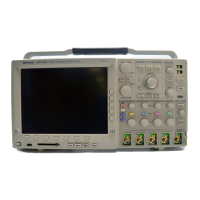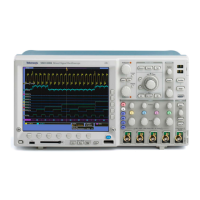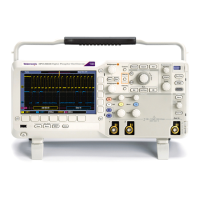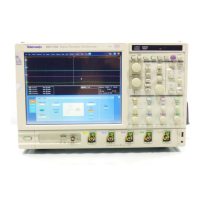Trigger Setup and Run
Bus Trigger Data Matching
Rolling window b yte match ing for I
2
C and SPI. You can use a rolling window to trigger on data with SPI and I
2
C buses.
You define the number of bytes to match. T hen the oscilloscope uses a rolling w indow to find any match within a packet, with the
window rolling one byte at a time.
For example, if the number of bytes is one, the oscilloscope will match the first byte, second byte, third, and so on within the packet.
If the number of bytes is two, the oscilloscope will try to match any two consecutive bytes, such as one and two, two and three,
three and four, and so on. If the oscilloscope finds a match, it will then trigger.
Specific byte matching (no n-rollin g window matchin g) for CAN, I
2
C, and SPI. You can trigger on a specificbyteforSPI
and I
2
C in two ways:
For I
2
C and SPI, enter the number of bytes to match the number of bytes in the signal. Then use don’t cares (X) to mask the
bytes that you are not interested in.
For I
2
C, push the bottom-bezel Trigger On to trigger on Address/Data.PushAddress. On the side-bezel menu, push
Address and rotate multipurpose knobs a and b as needed. Set the add ress to don’t cares (X) if you want to mask the address.
Thedatawillbematchedstartingatthefirst byte w ithout using a rolling window.
For CAN, triggering occurs when the user-selected data input matches the data and qualifier in the signal starting at the first
byte. Set the number of bytes to match the number of bytes of interest. Use the data qualifier to perform: =, !=, <, >, >=,
and <= operations. Triggering on identifier an d data always matches the identifier and data selected by t he user, with the
data starting at the first byte. No rolling window is used.
106 DPO4000 Series User Manual
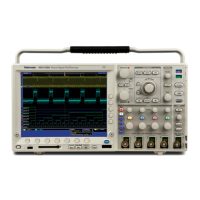
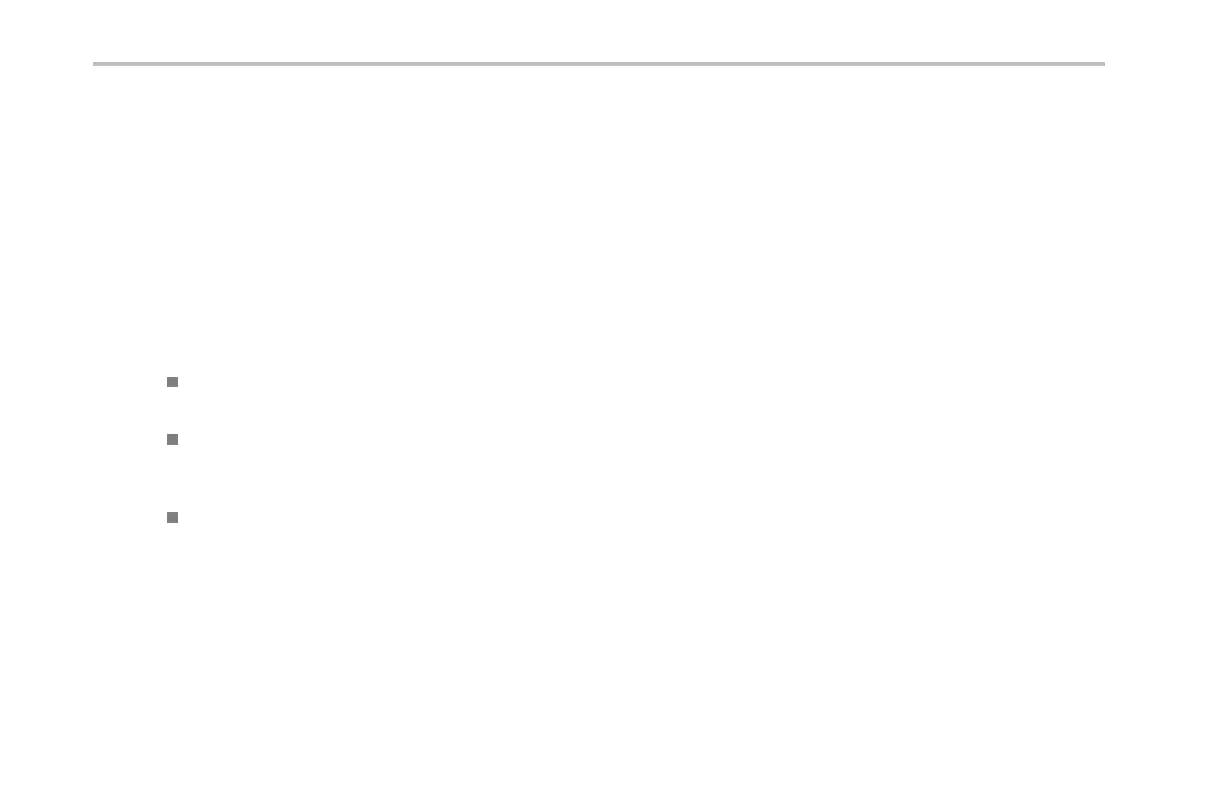